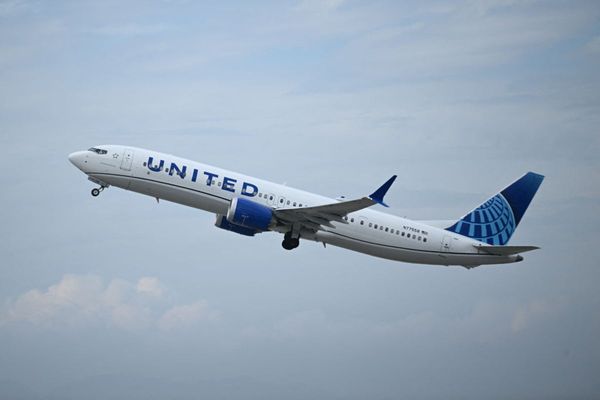
The 20 private schools with the wealthiest parent cohorts in the country received a combined total of $130m in government funding last year, new data reveals.
On Wednesday the Australian Curriculum, Assessment and Reporting Authority (Acara) will release a swathe of new data on the My School website about Australian schools, including annual funding, attendance and Naplan results.
Guardian Australia had access to a small subset of the data ahead of the wider release, which revealed the 20 schools where parents have the highest median income in the nation – exceeding an average of $340,000.
The 20 schools, which receive most of their funds from parent fees and other private sources, received a combined total of $130m in federal and state government funding last year.
The school that received the most total funding per student ($51,275) was Sydney Grammar School, which received a total $7m in government funds and $19m from private sources in 2023.
All but two of the 20 schools ranked above or well above Australian students across every subject and age group in the latest Naplan tests, the data showed.
SCEGGS Darlinghurst, an independent girls’ school in Sydney where the average parent income is $495,000, the highest in Australia, received a total of $3.8m in government funding, the new figures show.
Redlands, a Sydney co-educational grammar school with the third highest average parent income at $450,000, received $6.1m in government funding.
Newington college, which charges up to $42,201 in annual fees for senior students, collected the highest total government sum of the 20 schools. It received $11m in combined funding from the commonwealth and New South Wales government in 2023, on top of $66.6m from parents and $3.9m from private donations.
St Luke’s grammar school, St Ignatius’ college and Loreto Kirribilli in the northern beaches of Sydney, as well as Christ Church grammar school in Perth, all received more than $8m in combined annual government funding.
Wednesday’s figures comes as the education minister, Jason Clare, remains stalled in negotiations with NSW, Queensland, South Australia and Victoria over school funding.
Clare introduced the commonwealth’s proposed school funding agreement in late July, which sets out how much the federal and state governments will provide towards the Schooling Resource Standard (SRS).
Agreed to by governments as part of Gonski reforms more than a decade ago, the SRS is the minimum dollar amount required to provide a baseline education to students.
It is now set at $13,570 per primary school student and $17,053 per secondary school student, plus additional loadings for priority and disadvantaged schools and students.
Only the ACT has reached it. Data from the Acara shows that 98% of public schools are underfunded and the majority of private schools are overfunded.
The federal government has until the end of the decade to bring all nongovernment schools receiving more than 80% of the SRS from the commonwealth down to 80% by 2029, with funding to increase for public schools during the same period.
But despite historical funding inequities between the public and private sector, the total increase in commonwealth funding from 2023 to 2024 remained lower for public schools (4.1%) compared with Catholic schools (4.3%) and independent schools (5.8%).
Government funding is growing faster for public schools on a per-student basis though, increasing 3.9% from 2023 to 2024, compared with 2.9% for students in private schools.
Clare said he was “not interested” in breaking the Gonski model by removing funding for private schools.
“My focus is on working with the states and territories to get public schools to their full funding level and I have put $16bn of additional money for public schools on the table to help get it done,” he said.
Independent Schools Australia, the peak body for the sector, has backed Labor’s commitment for all schools to reach the SRS but warned any reduction in government support for private schools could lead to an influx on an “already-overburdened” public system.
Labor passed legislation this week allowing the commonwealth to provide extra funding to public schools in excess of 20%, and has secured deals with the remaining states and territories to increase its funding share to 22.5% – rising to 40% in the NT due to additional need.
But Australia’s largest states are pushing for a 5% federal government increase. If they don’t reach a deal by the end of the year, when the current agreement expires, they will miss out on additional funding.
Guardian Australia understands the passing of the legislation had changed nothing for NSW while South Australia’s minister for education, Blair Boyer, said he was “working hard” with Labor to get the state’s public schools to full funding for the first time.
A spokesperson for Queensland’s Department of Education said it was “considering” the federal government’s offer “with a view to ensuring continuity of funding for all Queensland schools in 2025”.
• This article was amended on 4 December 2024. A previous version incorrectly said Redlands was a campus of SCEGGS Darlinghurst.







